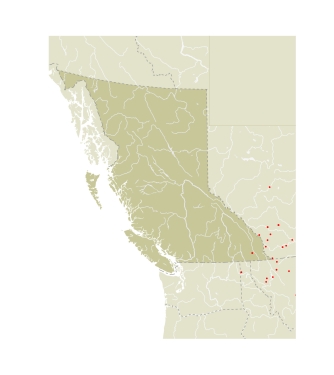The name Lycaena is most likely derived from the Greek Lukaios (Arcadian), as several of the species names are those of Arcadian shepherds (Emmet 1991). The common name refers to the copper-coloured wings of most species. It was first used in North America by Emmons (1854).
The characteristics given for the subfamily also define the genus as used in BC. The larvae of northern Palearctic species all feed on plants of the family Polygonaceae, such as Rumex (dock/sorrel) and Polygonum (knotweed). Most North American species also feed on these genera, but some feed on Eriogonum or Oxyria (Polygonaceae), Potentilla (Rosaceae), and Vaccinium (Ericaceae). There are 15 North American species, of which nine occur in BC.
|
|
